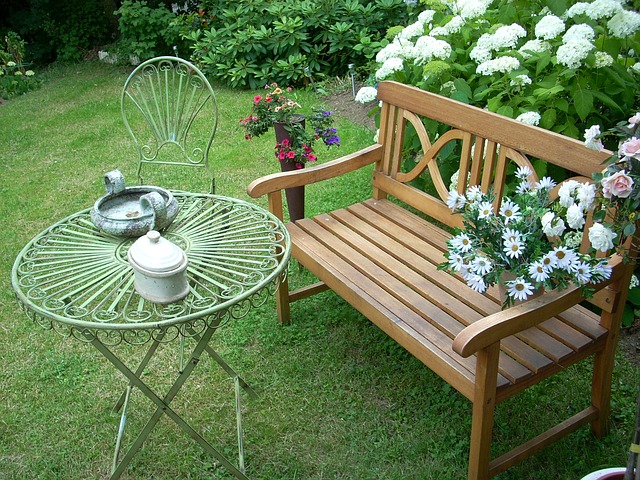Winter Lawn Care Tips for a Lush, Green Spring
The winter season may bring a respite from mowing and edging — at least, for those of us who live in colder climates. But, if you want your lawn to be as green and healthy as possible come spring, you need to prepare it for the winter — and show it the TLC it needs during the cold months. Here’s how.
Clean It up
Before the weather turns cold, remove any toys, lawn furniture, tools or semi-permanent structures. These items can create dead spots in the lawn and foster the conditions that allow diseases, pests and parasites to take hold. You should also remove any leaves or other debris from your lawn. Mulch any last remaining autumn leaves into your lawn, so your grass can benefit from the nutrients.
Cut the Grass
Lower your mower deck a notch or two for the last few mows of the season. You need to winterize your grass by cutting it short. Long grass is more easily damaged, can smother itself and is more prone to disease due to the freezing and thawing it will be subjected to over the winter. But don’t cut it too short; the crown shouldn’t be exposed.
Fertilize
Fertilizing is a key part of winter lawn care. Use a spreader to apply fertilizer evenly to your lawn; it should have a trigger you can pull to release the pellets. Be careful to follow the package instructions, so you don’t harm your grass.
Aerate
Aerating your lawn can be done with a spade, or you can use a manual or motorized aerator. Aeration removes plugs of grass and soil from your lawn, so more oxygen can get to the roots.
Overseed
Overseeding at the beginning of winter can treat bare spots in your lawn and keep your grass looking green throughout the winter, which may be a concern if you live in a climate that doesn’t get huge amounts of ice and snow. Warm-season turf grasses turn brown during the cooler months, while cool-season grasses stay green. Use the fertilizer spreader to evenly distribute cool-season grass seed across your lawn about three weeks before the last frost, so it has time to germinate and take hold. Take care to spread the seed evenly, so your lawn doesn’t end up looking clumpy.
Do the same with bare spots to treat them over the winter. Weeds can easily and quickly take root in these bare spots come spring, so pay special attention to them now. Overseed with cool season grasses at least three weeks before the first frost, and keep the area moist so the seed can take root and grow.
Rake and Water
Now that you’ve fertilized, broken up the soil through aeration, and spread seed, it’s time to rake and water your lawn one last time. Rake to break up soil clumps and lightly cover grass seed, then water your lawn so the seed can take root.
Minimize Foot Traffic
Grass goes dormant during the winter, and cold conditions make it more prone to damage. While grass under the snow or even exposed will tolerate some amount of traffic, it’s a good idea to minimize foot traffic on your lawn during the colder months. Areas that get too much traffic will struggle to bounce back once warmer weather returns.
Keep an Eye on the Weather
Turf grass can tolerate almost any extreme weather conditions, so there’s no need to fret about heavy snowfalls or low temperatures. However, some conditions can cause winter kill, or severe damage and death of your grass. Causes of winter kill include cold, drying winds, snow falling on warm ground and freezing of the plant crowns. While there may not be much you can do to change the weather, you can minimize the damaging effects of the cold on your grass by irrigating sparingly during the fall, cutting your grass to the appropriate length and breaking up any ice clumps you see on your turf, especially if you know a big storm is about to roll in.
Most turf grass species are hardy enough to bounce back from cold winter temps once spring arrives. But you can help your lawn along by winterizing it and watching over it during the winter. If you are in Westchester, you can also use the help of Westchester lawn and garden to help you with all things you want to add or change in your garden. A little attention goes a long way when it comes to winter lawn care.

